WICKLOW’s William Micklem has been busy. The new revised version of his best-selling book, The Complete Horse Riding Manual, has just been completed and the next versions of his acclaimed Micklem bridle and girths will be on the market early next year.
He has also recently done a TED talk, all about achieving happily rather than achieving in order to be happy, something he feels is an undervalued but vital part of our Irish equestrian culture that is deeply appealing to our customers and supporters.
1. Very few breeders have bred two Olympic horses, plus Mandiba (Hong Kong) and High Kingdom (London) were out of the same mare. Tell us about High Dolly and the Master Imp ‘nick’.
It all started with two very high-class athletes. Both had three superb paces, and High Dolly was both courageous but very gentle, vital qualities that are often missed out when assessing horses.
I was also very attracted that Dolly was by Chair Lift xx (the sire of Abbervail Dream, Di Lampard’s record-breaking Nations Cup partner, and damsire of Carling King, fourth at the Olympics with Kevin Babington) and out of a Prefairy xx mare. Prefairy was by Precipitation xx who was also the sire of the warmblood show jumping supersire Furioso xx. Then Master Imp added in the Hyperion xx genes that have been so dominant in jumping pedigrees.
Genetic diversity is very important and bringing these lines together means that these horses, including their stallion brother Jackaroo, are rare examples of having genes from all three of the thoroughbred foundation sires, not just the predominant Darley Arabian, but also the Byerley Turk, through Master Imp and the rare Godolphin Barb, through Precipitation.
2. As a breeder, what was your proudest moment?
It was at Kentucky WEG in 2010. What was so special was that not only was Mandiba in the USA team but ridden by Karen O’Connor, who I taught as a junior on her Connemara pony Erin’s Shamrock. Their cross-country was exceptional. I had tears of joy, not just because it was Mandiba but also because Karen rode so well. Afterwards Karen said it was the best round of her life, and that year Mandiba was the WBFSH Horse of the Year. So, all in all unforgettable.
3. Your favourite bloodlines?
We are blessed in Ireland with the Connemara, Irish Draught and the Traditional Irish Horse (TIH). It is vital that these genes are preserved and developed, especially as the top show jumpers are now being produced from an increasingly reduced gene pool. The value of our unique genes will become more apparent year by year.
In addition, if equestrian sports are to flourish, we need all types of horses for all types and levels of riders. As an example, my favourite horse or pony is our 40-year-old 11hh Kerry Bog pony, Buie! Variety is strength in so many ways.
4. Deep pockets, instinct, ‘horse knowledge’, luck, the right buyer, the right mare - rank these in order of importance in a breeder’s recipe for success.
You can’t have consistent success without horse knowledge and the right buyer, while the right mare is the foundation stone of good breeding. Luck and instinct are the drivers of decisions based on gambles that might well go wrong and require deep pockets in the longterm!
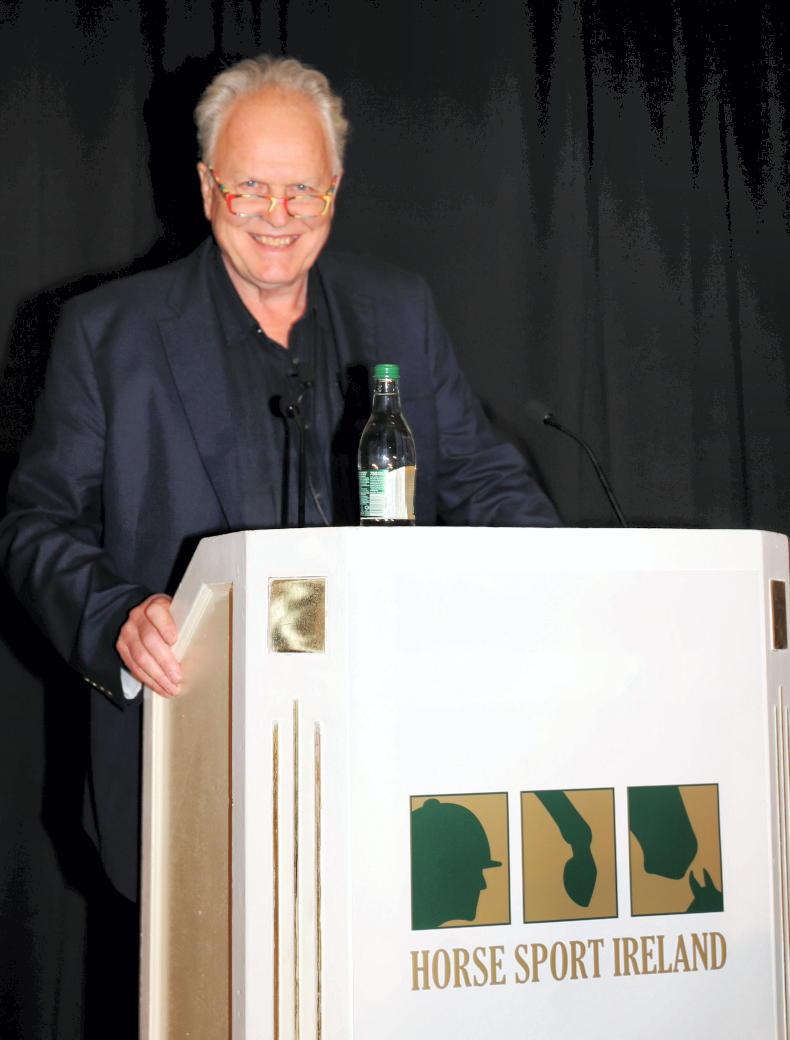
5. You’ve been fortunate to watch eventing first-hand at top level. How do you think the type of event horse you’ve observed has changed?
There has been a change to using more show jumping warmblood genes. As a result, probably event horses are now better jumpers overall. But what hasn’t changed is the need for courage and gallop. I believe that the reduction in numbers at five-star level in eventing is partially due to the reduction of horses with sufficient courage. This has always been a strength of the ISH and will continue to give us an edge in the future.
Too many horses now also lack gallop, increasing the risk of injury for both them and their riders. It is a simple equation, the closer a horse is taken to their limit of their gallop the smaller the room for error. An event horse will spend periods at 700m/min on a cross-country, therefore they need a 800m/min gallop if they are to perform well within themselves. Safety and humane use of the horse are non-negotiable, so these are red lines for me.
6. Do breeders get enough recognition?
The simple answer is no! It’s a no-brainer for all equestrian competition organisations and all competitors – recognising and praising breeders is the most cost-effective way of ensuring quality horses are bred.
To hide their involvement, change prefixes or downplay the role of the breeders shows a lack of joined-up thinking and is bad business sense for all stakeholders.
7. Traditional numbers are dropping and we’re not seeing as many traditional-breds in results at major championship level. Thoughts?
Breeders should come to the Traditional Irish Horse Association AGM this Sunday, 20th November at the Maldron Hotel, Portlaoise, at 3pm to talk about these matters. Not only will there be a lucky draw with some great prizes, but also a presentation by Sam Watson, one of the world’s most forward-thinking international riders.
In addition, there will be the launch of a game-changing interview with Professor Emmeline Hill, who explains exactly why maintaining the diverse TIH bloodlines is critical to the survival of the Irish sport horse.
Her exciting research, comparing the European warmblood with the TIH, shows that the TIH has a unique gene that is known to be involved in temperament, to do with learning and memory.
Numbers are down but the TIH continues to punch above its weight and continues to contribute significantly to both eventing and show jumping breeding, particularly on the damside, although often unheralded.
8. Describe your regime for youngstock.
Keep it as simple and natural as possible. Let them live out in company on varied terrain. Then back them as three-year-olds but not start working until they are four-year-olds, and then only ridden when they are through in their backs on the lunge.
9. If you could have bred any horse?
Galileo! I loved John Ledingham’s TIH show jumping star Kilbaha, because he could also have been a top performer in dressage and eventing. His sire Tudor Rocket was a half-brother of Imperius, plus he had High Hat, (Chair Lift’s sire) on his dam’s side, which makes him another close relation of my three full-brothers: Mandiba, High Kingdom and the stallion Jackaroo.
10. Are you optimistic about the future?
Yes, without doubt. There are so many elite Irish performers in all areas of the sport horse industry, not just riders from all disciplines but also breeders, coaches, and farriers; organisers, announcers, and journalists; course builders, sales companies, and feed and equipment suppliers.
Our reach is worldwide and Ireland as the ‘Land of the Horse’ is a brand with immense value. So most of the building blocks are in place.
If we can keep selling the message that working collaboratively is the golden key then huge progress is inevitable… and the government might just start supporting us like the major industry we are.
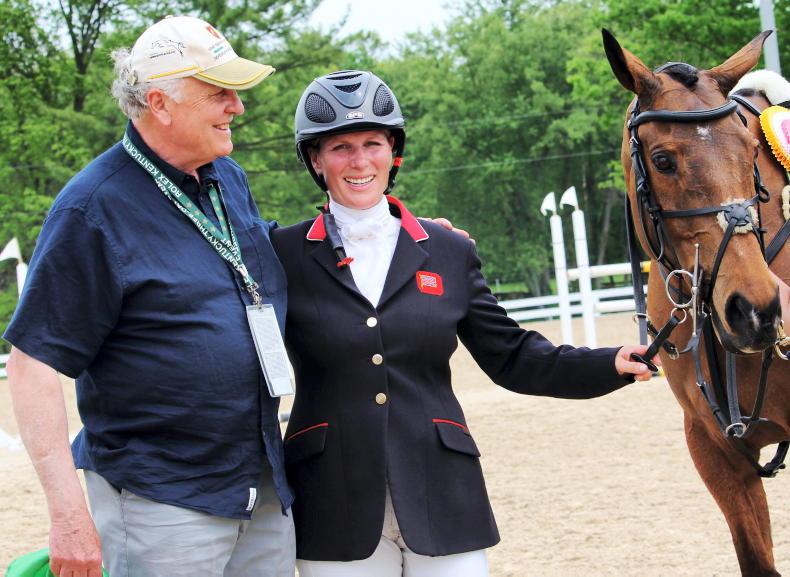

 This is a subscriber-only article
This is a subscriber-only article
 It looks like you're browsing in private mode
It looks like you're browsing in private mode






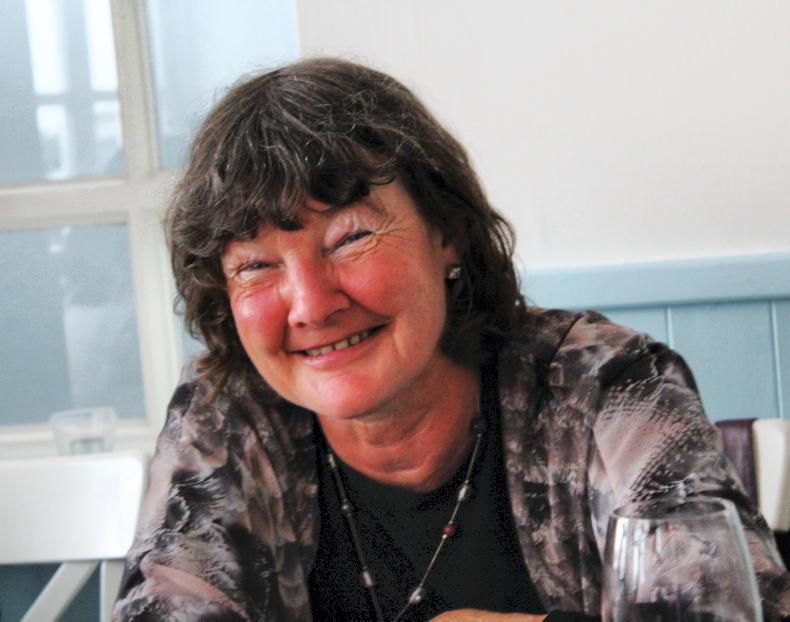

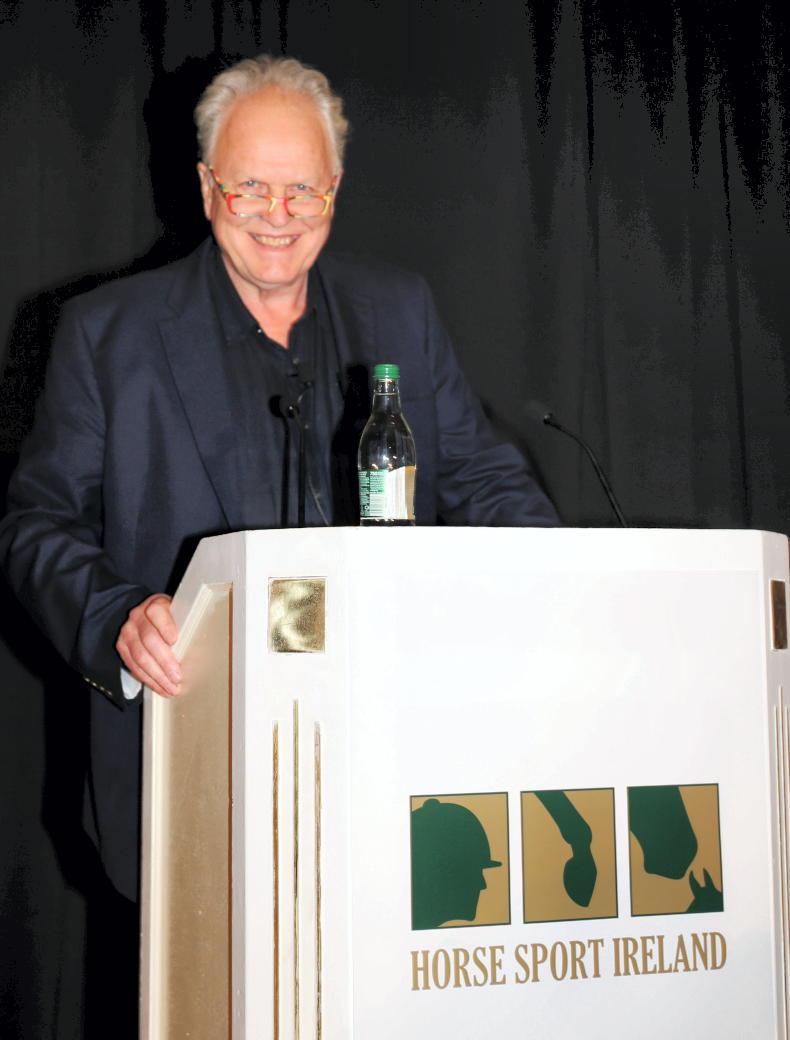
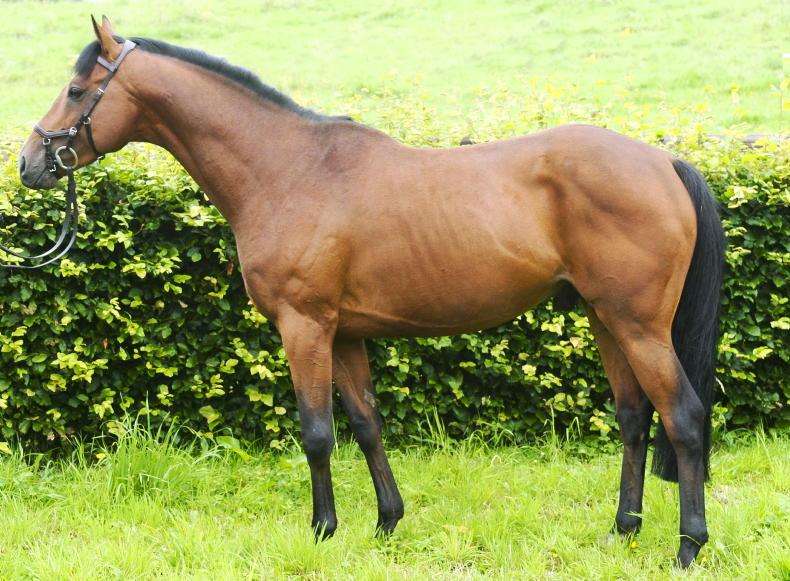
SHARING OPTIONS: